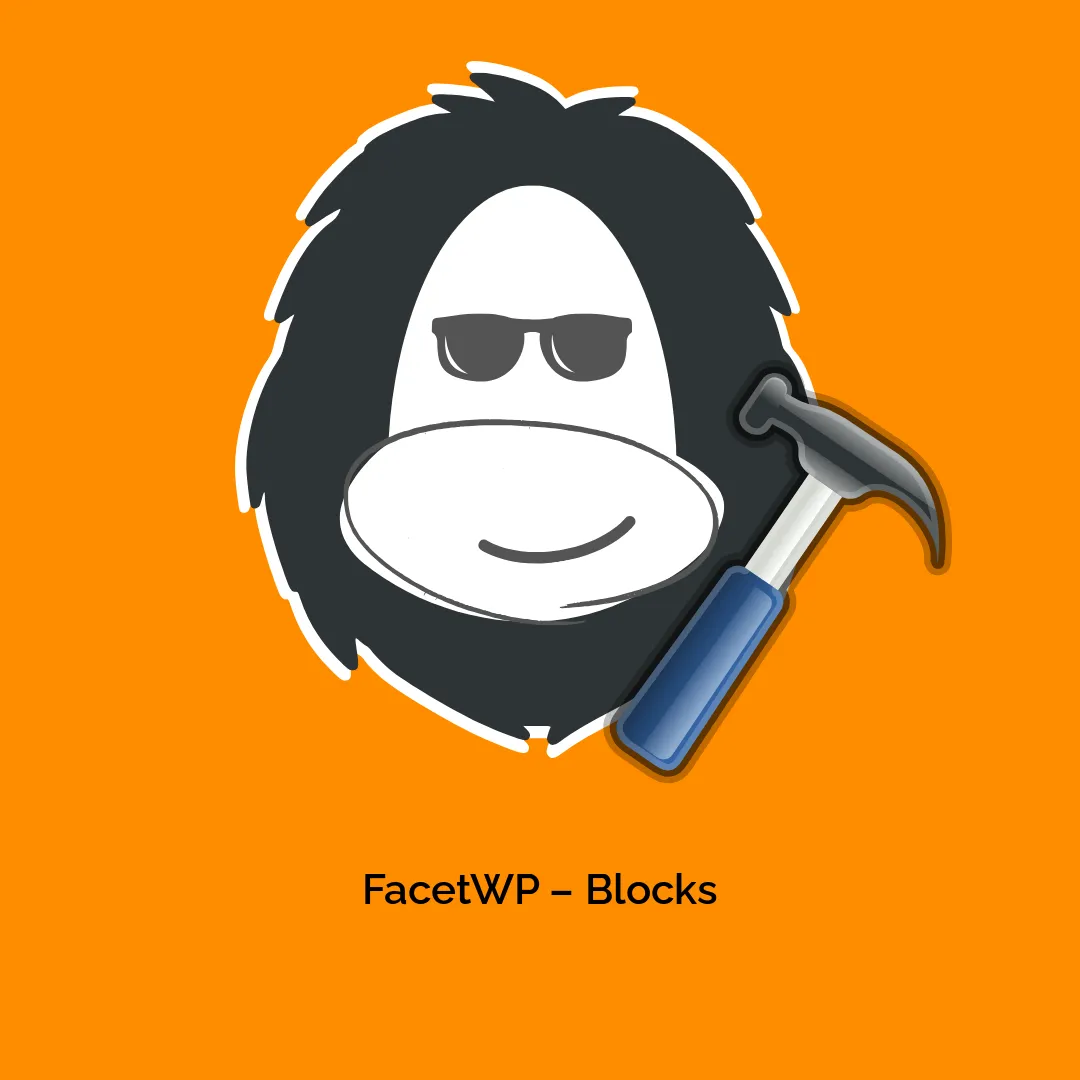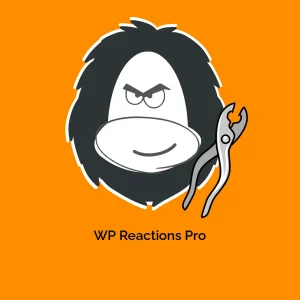Unlocking the Potential of FacetWP Blocks in WordPress
In recent years, as WordPress has evolved into a powerful content management system, the introduction of block-based editing has transformed how we format and manage our pages. One essential feature that extends the capabilities of WordPress blocks is the integration of facets through the FacetWP Blocks add-on. This innovative add-on enables seamless filtering of post listings, creating dynamic, user-friendly experiences for visitors browsing your site. Here, we dive deep into the functionalities, supported blocks, and practical tips for maximizing the use of FacetWP Blocks.
Understanding FacetWP Blocks
FacetWP Blocks allow users to enhance their post listings using various block types, creating a flexible and highly customizable interface. By adding facets (filters) alongside supported WordPress blocks, users can create listings that respond immediately to the selections made by visitors. This functionality is instrumental in providing a smooth browsing experience, essential for e-commerce sites, blogs, and any content-heavy websites.
Supported Blocks for FacetWP
To fully utilize the capabilities of FacetWP Blocks, it’s essential to know which blocks are supported. Here’s a breakdown of the currently compatible blocks:
- WordPress
- Query Loop Posts List
-
Latest Posts
-
WooCommerce
-
Products (Beta)
-
GenerateBlocks
-
Query Loop
-
Kadence Blocks
-
Posts
-
Stackable
-
Posts
-
Spectra
-
Post Grid
-
Spectra Pro
-
Loop Builder
-
Otter Blocks
- Posts
These blocks empower you to display content that can adapt according to filters applied by the users, leveraging the dynamic capabilities of FacetWP.
Setting Up FacetWP Blocks
Installation and Configuration
To start using FacetWP Blocks, the initial step involves downloading the add-on from your account page, followed by installation and activation. Here’s a simple process to set things up:
- Activate the Add-on: After downloading, install and activate it in your WordPress admin panel.
- Access the Block Editor: Open an existing page or create a new one using the Block Editor.
- Add Supported Blocks: Insert one of the pre-approved blocks into your page.
- Enable FacetWP: Once the block is added, you’ll see an “Enable FacetWP” setting in the sidebar. Toggle it on to activate filtering capabilities.
- Insert Facets: Create and paste shortcodes for the desired facets into separate Shortcode blocks to allow users to filter your listings.
- Pagination and Sorting: You can enhance listings further by adding pagination or sorting options. However, be mindful that standard Pagination blocks are not compatible with this setup. The WooCommerce Products block comes with an automatic Pagination block, which must be removed to ensure proper functionality.
- Customization: Tailor the “Nothing found” message or opt for a custom No Results block to enhance user experience when no posts match the selected facets.
Advanced Considerations
When utilizing blocks on archive templates, it’s vital to ensure compatibility by setting the “Inherit query from template” option, particularly for blocks like the WordPress Query Loop and WooCommerce Products block. This alignment ensures that the native query of the archive is utilized correctly.
If you wish to have a block ignore the archive query altogether, this can be achieved using custom PHP code to modify the default behavior of FacetWP. This is where your technical knowledge and understanding of WordPress hooks come into play.
Leveraging Pagination and Sorting
Facilitating an effective user experience requires more than just adding facets. Handling pagination (to allow users to navigate through results) and sorting (to help users find what they want quickly) are equally crucial components.
Best Practices for Pagination and Sorting with FacetWP
-
Use Facet Paginations judiciously: FacetWP allows for versatile pagination through its Pager facets, which you should use instead of standard Pagination blocks, especially if a block automatically generates these.
-
Remove Incompatibilities: Some blocks like the GenerateBlocks Query Loop and Stackable Posts block’s pagination features will conflict with FacetWP’s capabilities. Thus, it is advisable to use the built-in Pager functionality offered by FacetWP instead.
While customizing pagination settings in blocks like Spectra’s Post Grid block, know that you can control the Pagination Type; this can be set to either “Ajax” for a more seamless experience or a traditional method.
Understanding Block Structures and Nesting
The structure of your blocks is paramount in how FacetWP performs. When employing Query Loop-type blocks, understand that they consist of a parent container and a child Post Template block. Your content and how facets interact with it rely heavily on how these blocks are arranged.
For instance, nesting is allowed, which means you can enhance depth in the display of posts. Using a Query Loop block allows you to nest other Section or Group blocks to refine your layout further.
Customizing “No Results” Messages
Every now and then, users might not find any posts matching their filters. Having a custom “No Results” block that can replace the default message helps in maintaining user engagement. It can signal users effectively that their search didn’t yield results and encourage them to try different facets.
The approach to customizing, translating, or overriding default messages requires some WordPress hooks knowledge, making it vital to grasp how various hooks work for successful integration.
Innovating with Custom PHP Code
Using custom PHP often enhances the capability of FacetWP blocks, whether you’re looking to customize queries, alter pagination parameters, or even adjust the No Results messages further.
Practical Examples of Custom PHP Usage
-
Customizing Pagination Items: You can create custom queries and dictate the number of posts displayed by modifying the
posts_per_pageparameter via hooks. -
Specifying Queries for Archive Pages: Using the
pre_get_postsaction can control how query arguments appear when on archive templates. This can prevent pagination mishaps and ensure a seamless browsing experience.
Overall, this flexibility available through custom coding helps tailor your site’s functionality further to meet unique user needs and standards, enhancing the site in ways that out-of-the-box solutions might not.
Working with WordPress Templates
Lastly, with the added capability of using FacetWP Blocks within WordPress HTML templates, you can expand your theme’s functionality even more. Integrating blocks into templates like search.html allows you to filter search results effortlessly.
Steps for Template Integration
- Create Temporary Pages: Set up a temporary page for testing your markup, ensuring everything functions as expected before implementing.
- Switch to Code Editor Mode: This method allows you to extract block code cleanly.
- Recipe Code Insertions: Copy the relevant block code for facets into your
.htmlfiles while ensuring you maintain appropriate WordPress template structures.
Integrating FacetWP Blocks into .html templates brings a whole new suite of possibilities for user interaction, yielding more dynamic user experiences.
The charm of FacetWP Blocks lies in their adaptability and ability to amplify WordPress’s capabilities. With a little setup and customization, you can create a fully immersive, filtered experience that caters to the needs of your users, making browsing smooth and intuitive. By embracing this feature, website creators can improve engagement, reduce bounce rates, and help users find their desired content with ease, ultimately driving success and user satisfaction.
FacetWP – Blocks: Download it for Free
You see, downloading FacetWP – Blocks Plugins for free is possible and totally within the law.
Actually, even downloading a cracked FacetWP – Blocks is law-abiding, as the license it is distributed under is the General Public License, and this license enables the holder its distribution for free.
Therefore, there’s no reason to worry: If you were seeking to buy FacetWP – Blocks cheaply or, directly, to download FacetWP – Blocks Plugins nulled and, so, obtain it 100% free, on OrangoGPL, you can do that without going outside the law.
Download FacetWP – Blocks GPL: A great choice for new entrepreneurs
It doesn’t matter how you name it: Discounts for FacetWP – Blocks Plugins, download FacetWP – Blocks Plugins GPL, download FacetWP – Blocks without license or download FacetWP – Blocks nulled.
It is absolutely law-abiding and something more than necessary for every entrepreneur at the start of their journey.





Reviews
There are no reviews yet.